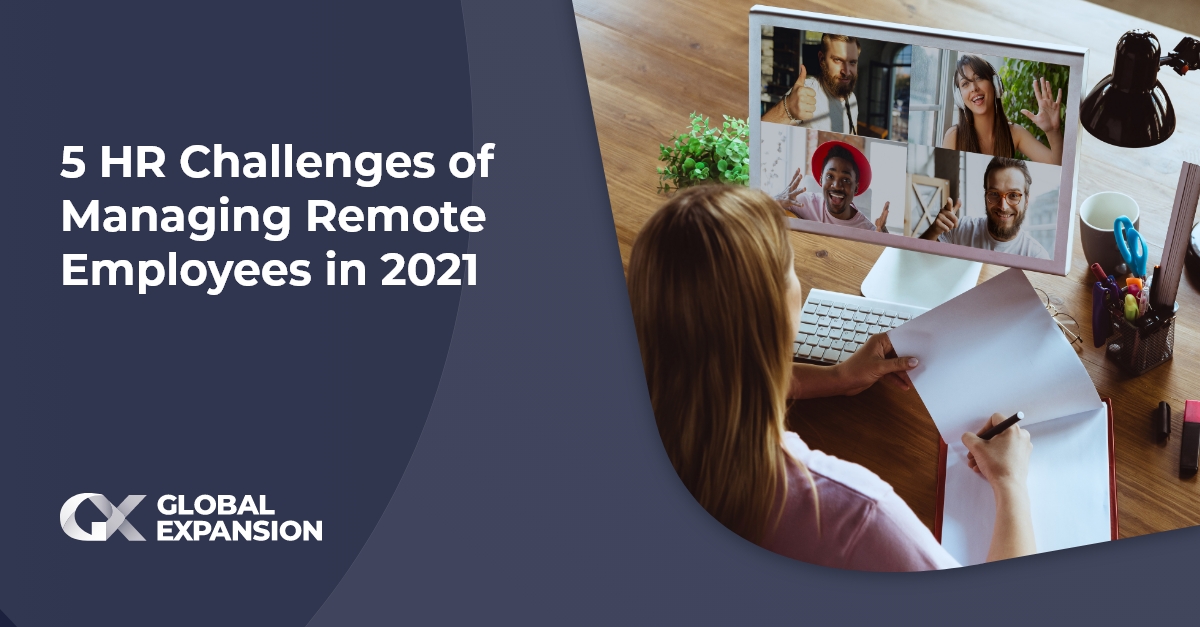Integration Risks in Mergers And Acquisitions

Merging or acquiring an organization isn’t a walk in the park. When pursued, it requires the successful integration of the two or more companies to be worthwhile.
Due diligence is key here. During those early days of business integration, there are several risks you need to consider. Applying initial risk assessments for your integration is a valuable first step in a strong merger process. Here are the three main integration risks in mergers and acquisitions.
Cultural and Organizational Risks
The last thing you may consider is potentially the first thing that could pose a risk to the merger. When merging or acquiring globally, i.e. purchasing or combining with an organization that exists both outside of your national boundaries, there’s going to be friction.
Even though we exist in a globally-connected world, cultures differ. These differences inevitably lead to the following:
- Nationalistic biases.
- Dissimilar organizational methods.
- Varying communication expectations and capabilities.
- Vastly different decision styles.
The main hopes for cultural integration during M&As are to avoid any faux pas or cultural flashpoints. You also need to drive better results by integrating cultural infrastructure and building new cultural attributes that bring two teams together. It sounds simple enough.
Many M&A processes have suffered because of cultural differences. For example, in 1998 the German car manufacturer Daimler (who made Mercedes-Benz) merged with American car manufacturer Chrysler in a deal worth $36 billion. But there was an issue: a massive difference in culture.
The two company cultures were completely discordant. There were issues with formality levels, differing opinions on pay and expenses and different operating styles. The German culture became dominant and American employee satisfaction levels dropped significantly.
Managing this risk is about avoiding collateral damage. There are always going to be issues when working cultures from different areas of the globe come together. The solution is to smooth the process, so stakeholders on both sides see their needs met.
Management teams on both sides need to prepare for any of these ‘flashpoints’ - culturally significant differences relating to social norms or political or economic practices that could cause friction. Culture clash is an easy way for management, especially from an acquiring company, to become demonized.
Some solutions are relatively simple to enact include:
- Avoid completely changing the working style and environment of one area. There’s a reason the target company was acquired - because it presents you an opportunity and is successful. Part of its success is because of its culture, so don't change a good thing.
- Maintain employment perks and work-life benefits.
- Instead of targeting differences, work to promote the similarities between the two cultures.
- Partner with a third-party to ease the transition. For example, a Global Employer of Record (EOR) is strategically placed to iron out cultural integration creases. They can help maintain or improve overseas contracts, taxation and other legal obligations that may become a headache for you or new employees.
- Don’t do away with culturally significant icons. Even a logo change can seem like an insult to some employees. While rebranding is sometimes necessary, approach it with caution as foresight is protection.
Overall, we’d advise carrying out a culturally-specific risk assessment when pursuing integration within mergers and acquisitions.
Employment Conversion
Administrative issues are key challenges during mergers and acquisitions. When merging or acquiring an overseas company, you’ll face potential problems such as:
- Taxation obligations and potential liabilities.
- Employment and labor law differences.
- Operational differences. These become more apparent if you offer the same product or service but have different methods of getting to the same endpoint.
Onboarding employees into a new business structure is a challenge, containing issues of contracting, taxation and regulatory requirements that might be hidden from your sight. When expanding globally through an M&A, you’ll need to do your homework on the local and international laws that employee conversion might require.
For example, taxation is always a big one. In some cases, there may be indemnification for undisclosed tax issues - something that could risk the entire M&A process.
You’ll also need to look into the domestic and international payroll tax issues. Will there be any changes for new employees employed by a company that legally resides overseas? Considerations like these can become damning when overlooked.
You need to develop a framework that accurately and compliantly onboards employees into the new corporate entity, without giving them a worse deal than they had previously. This includes salary and benefit considerations.
Legal Considerations
You need to remain aware of the legal considerations that come with every international jurisdiction. When expanding globally through M&A, there is not only one set of rules you need to abide by.
Any lack of knowledge poses a risk. For example, some jurisdictions may have anti-trust laws in place, preventing a company from forming a monopoly within a specific market such as the Clayton Act (brought into law in 1914). This applies to US jurisdictions and prevents companies from forming monopolies.
Another legal risk is the lack of due diligence when vetting a target company. This should be your first action when pursuing M&As and potential integration. For example, you need to explore:
-
Material contracts: Companies may hold a lot of value in their contracts with employees. You need to review these properly to assess strategic valuation.
-
Intellectual property (IP): Value also lies within IP. Integration may come under fire if you assume you’ll gain the rights to specific IP but actually won't, as each company protects IP in different ways. Therefore, you need to assess every IP acquisition.
-
Assumed liability: Acquired companies bring liability. If they’re currently facing litigation and you’ve successfully acquired them, you’re now facing litigation. Integration depends a lot on running a smooth and compliant M&A, so make sure you’ve assessed this as part of your due diligence.
Due diligence is an essential part of any integration - but it should always come before the integration is begins. To help with the legal consideration of M&A, you can choose to work with experienced EOR partners - ones who have a history of helping to establish infrastructures in territories across the globe.
These are just three potential pitfalls of mergers and acquisitions if not provided the proper due diligence. But what other examples are there? How do you expect to implement solutions for any that occur? We have the insight you need.
Evading the Common Pitfalls of Mergers And Acquisitions
Why do most M&A processes fail? Because of pitfalls that weren’t accounted for. They’re common issues, from differing regulatory landscapes to simple, preventable culture clash.
From contracts and payroll to integration and asset liability, M&As aren’t projects you should underestimate. To find insight on the common pitfalls that beset and best many organizations, alongside potential solutions to those issues, simply click the link below to get the answers.
Subscribe to our blog
Receive the latest GX blog posts and updates in your inbox.




